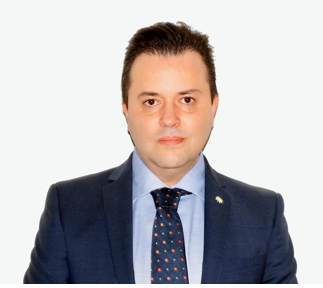Modern Endodontics
A special issue of Dentistry Journal (ISSN 2304-6767).
Deadline for manuscript submissions: 15 July 2024 | Viewed by 9527
Special Issue Editor
Interests: endodontics; aesthetic dentistry; restorative dentistry; esthetic dentistry; dental caries; dental education; implant dentistry; clinical dentistry; dental materials composite resins
Special Issues, Collections and Topics in MDPI journals
Special Issue Information
Dear Colleagues,
In modern endodontics, a complete chemomechanical cleaning of the complex root canal system is essential to achieving success, which is gained through adequate shaping, 3D cleaning, and the tridimensional obturation of the endodontic area. In recent years, satisfactory results could be obtained with modern technologies such as an operative microscope, CBCT, ultrasonic tips, modern rotary files, devices to activate irrigation, and tridimensional obturation techniques. This Special Issue focuses on all technologies available today to increase the chemomechanical cleansing and obturation of the entire and complicated endodontic system. This Special Issue plans to overview the most recent advances in modern endodontics.
This Special Issue aims to provide selected contributions on advances in the diagnosis, access cavity, shaping, 3D cleaning, obturation, and endodontic retreatments in modern endodontics.
Potential topics include, but are not limited to:
- Operative microscope;
- CBCT;
- Irrigant activation techniques;
- Antimicrobial nanoparticles;
- Regenerative endodontics;
- Modern rotary files;
- Biosealers;
- Endodontic surgery.
Dr. Alfredo Iandolo
Guest Editor
Manuscript Submission Information
Manuscripts should be submitted online at www.mdpi.com by registering and logging in to this website. Once you are registered, click here to go to the submission form. Manuscripts can be submitted until the deadline. All submissions that pass pre-check are peer-reviewed. Accepted papers will be published continuously in the journal (as soon as accepted) and will be listed together on the special issue website. Research articles, review articles as well as short communications are invited. For planned papers, a title and short abstract (about 100 words) can be sent to the Editorial Office for announcement on this website.
Submitted manuscripts should not have been published previously, nor be under consideration for publication elsewhere (except conference proceedings papers). All manuscripts are thoroughly refereed through a single-blind peer-review process. A guide for authors and other relevant information for submission of manuscripts is available on the Instructions for Authors page. Dentistry Journal is an international peer-reviewed open access monthly journal published by MDPI.
Please visit the Instructions for Authors page before submitting a manuscript. The Article Processing Charge (APC) for publication in this open access journal is 2000 CHF (Swiss Francs). Submitted papers should be well formatted and use good English. Authors may use MDPI's English editing service prior to publication or during author revisions.
Keywords
- endodontics
- cleaning
- obturation
- endodontic surgery
- shaping
- ultrasonics






